Angel
Thomas Hutter
- ID
- С-I-2161
- Author
- Thomas Hutter
- Name
- Angel
- Date of creation
- 18th c.
- Technique
- carving
- Material
- wood polychrome gilt
- Dimensions (height x width, cm)
- 63.5 x 44
Thomas Hutter

Portrait of Ewa Potocka (at a young age)
unknown

Church of the Assumption in Lviv
Odo Dobrowolski
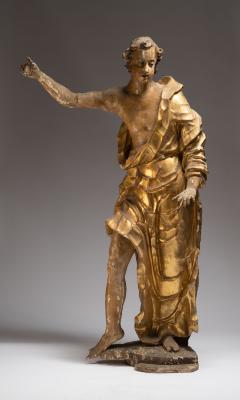
Male Figure with Raised Arm
unknown

Lake
Arnold Sharhorodskyi

Holy Nun of the Dominican Order
unknown (Spanish School)

Bookplate "Book of N. H. Stryzhak"
Yaroslava Muzyka

Vision ("To Freedom")
Olena Kulchytska
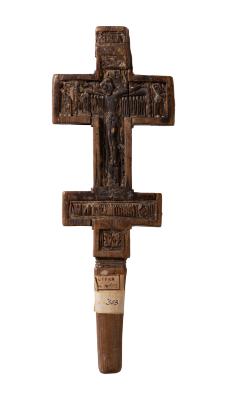
Hand Cross
unknown

Sheet No. 1 from the "Siberian Flowers" Series
Yaroslava Muzyka
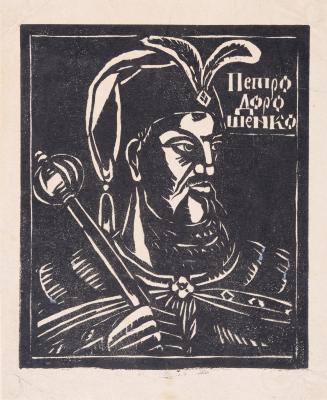
Portrait of Petro Doroshenko
Mykola Fediuk
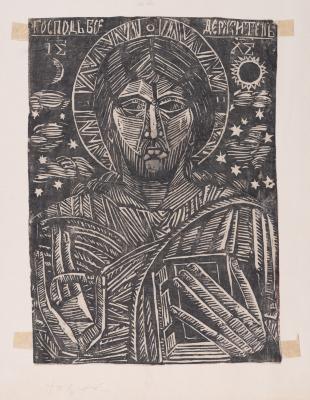
Christ Pantocrator
Mykola Fediuk
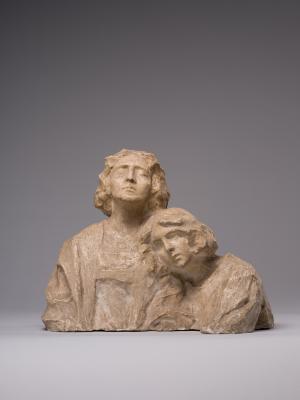
Largo (Mother with Daughter), a miniature model of the upper part of the sculpture
Luna Drexler
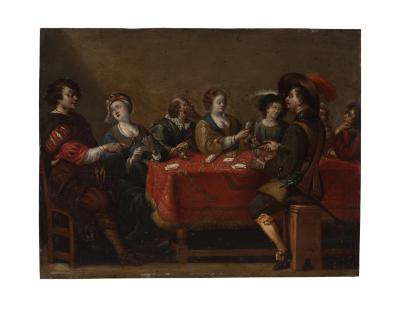
Playing Cards
Gerard Hoet І
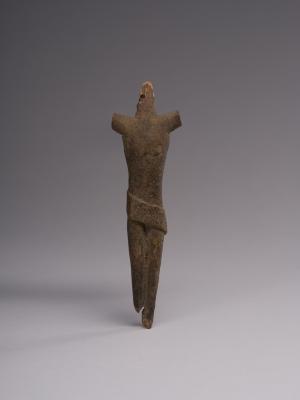
Crucifixion
unknown
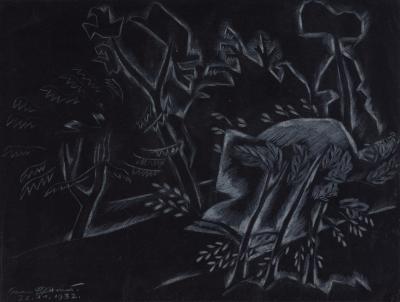
Trees by the Road
Osyp Sorokhtei